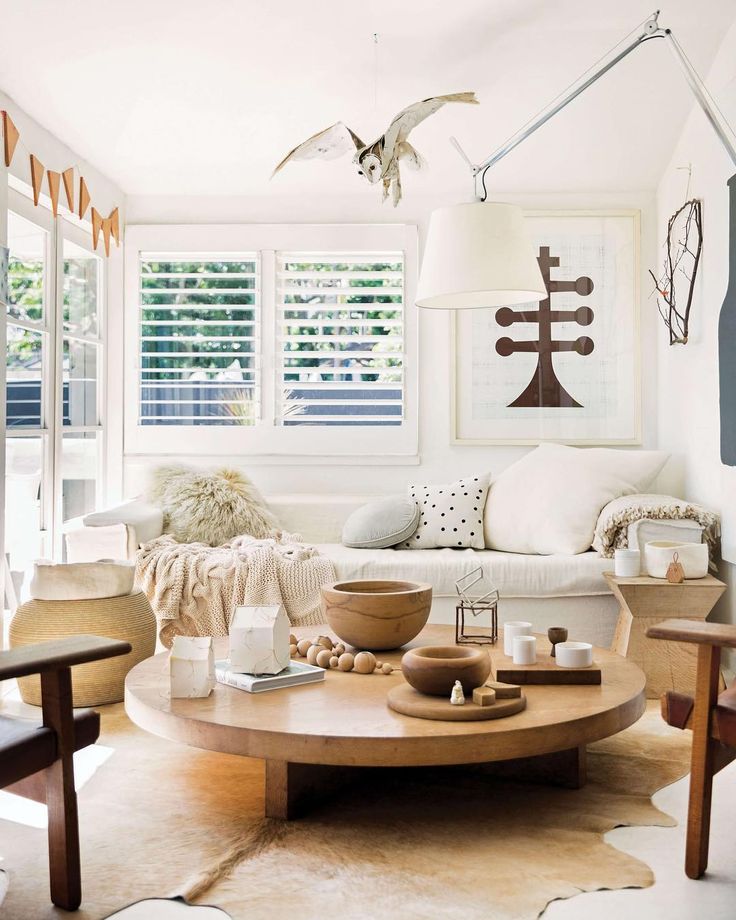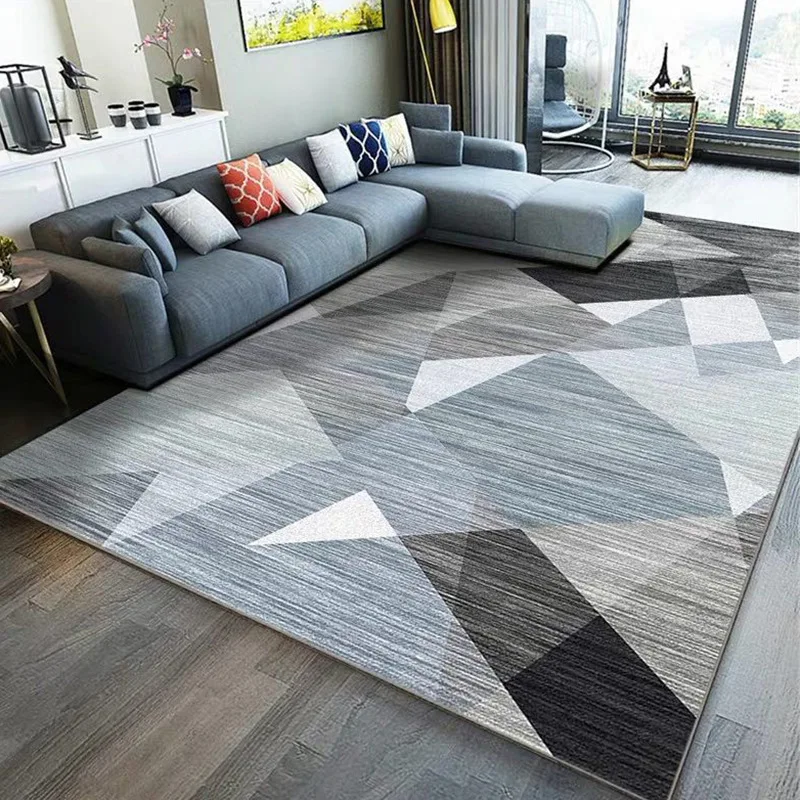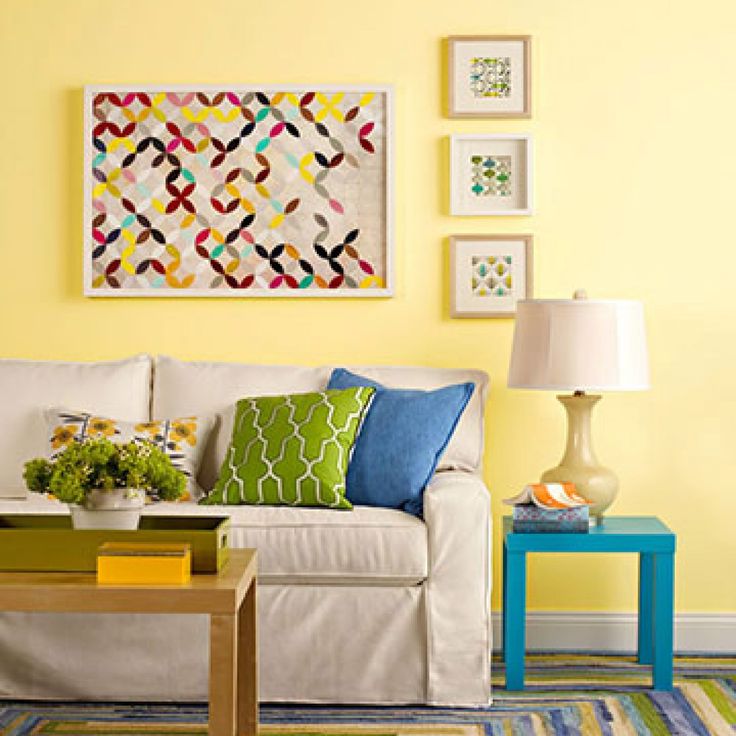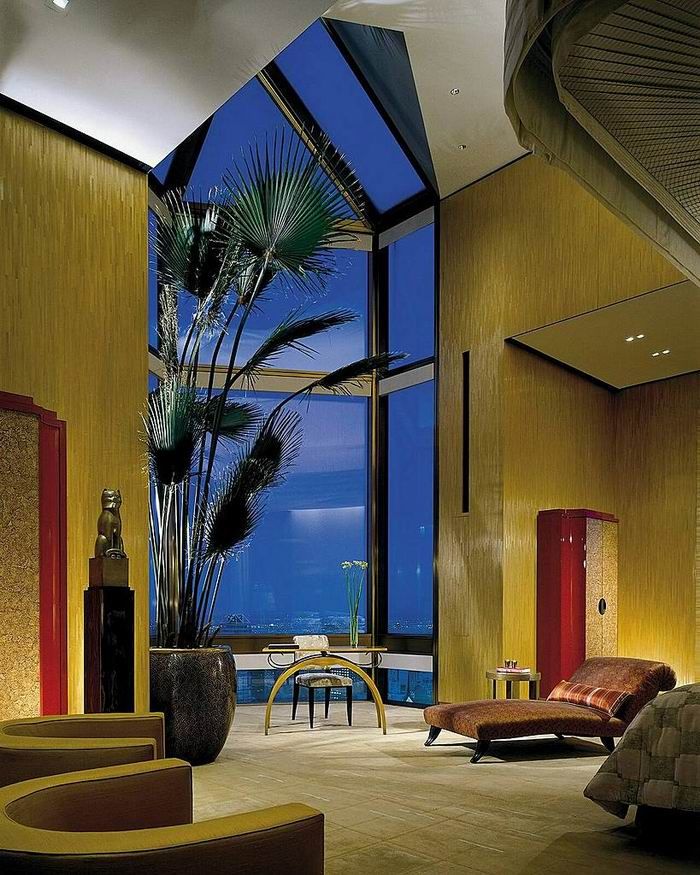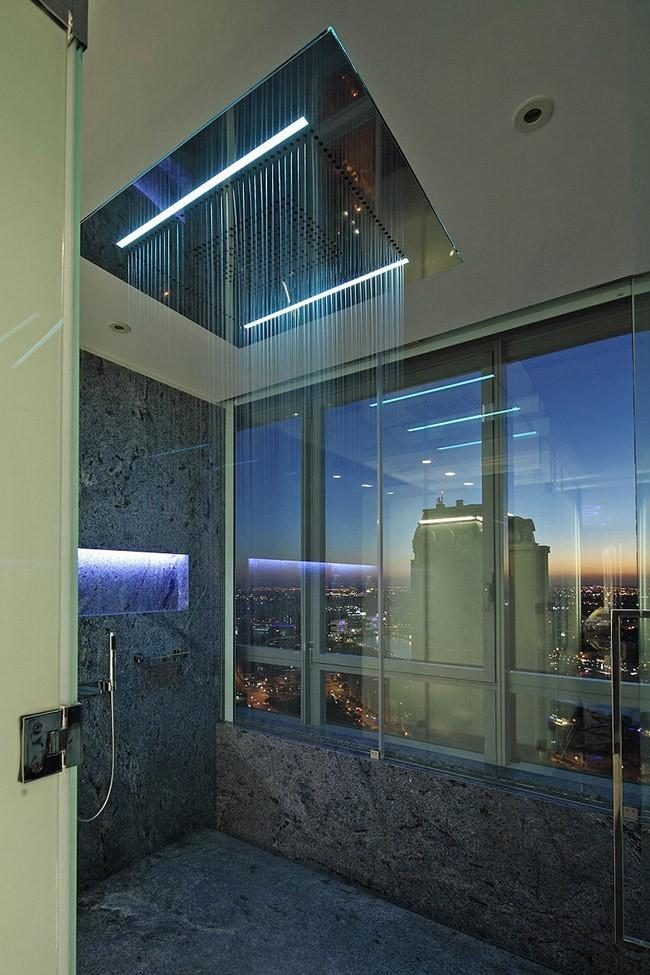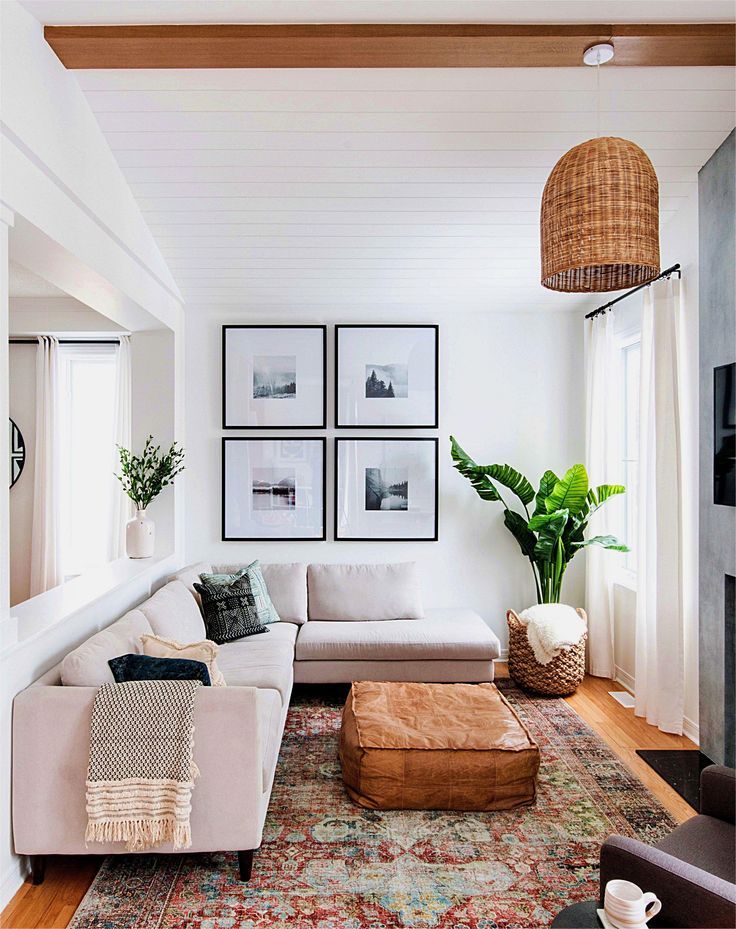Casual interior design style
Modern, Transitional, or Casual Style: A Closer Look
Skip to content- View Larger Image
When it comes to interior design, there are as many individual styles as there are personalities — endless possibilities! As a basic rule, however, many of the design aesthetics we’re currently seeing fall into three categories: modern, transitional or casual styles. Wondering which style to select for your Rowe custom furniture? Modern mavens who love angular design and gallery-inspired artwork are often drawn to geometric silhouettes like our Brady Sofa or Bergen Chair, while lovers of transitional design prefer the traditional details of our Angelica Chair or Margot Sofa. For casual style fanatics, nothing is more comfortable than the generous proportions of our Derby Slipcover Sectional Sofa or the ease of the Sylvie Slipcover Chair. So, which design aesthetic will it be? Let’s take a deeper dive into each of these styles, along with gorgeous examples of each from interior designers.
Modern style is often defined by strong horizontal and vertical lines, and a very angular room layout. Long, low pieces like sectionals or square-contoured chairs are perfect choices for modern spaces. The contemporary look tends more toward the minimalist end of the spectrum, beginning with a clean palette of neutrals or a blank slate of white on white. High contrast style that brings in accents of black or deep, dark colors creates a structured look. Minimalism doesn’t necessarily mean cold and empty, however, and there is often plenty of room for very curated accessories, splashy contemporary artwork, pops of bright color and even a sense of whimsy.
Get the Look: Modern 101- Strong horizontal and vertical lines
- Clean neutrals
- Bold contrast (black and white, or a punchy, bright accent)
A clean white palette sets the tone for this living space by designer Leslie Price of Price Style and Design, framing the warm-toned color accents like a perfectly matted piece of gallery artwork.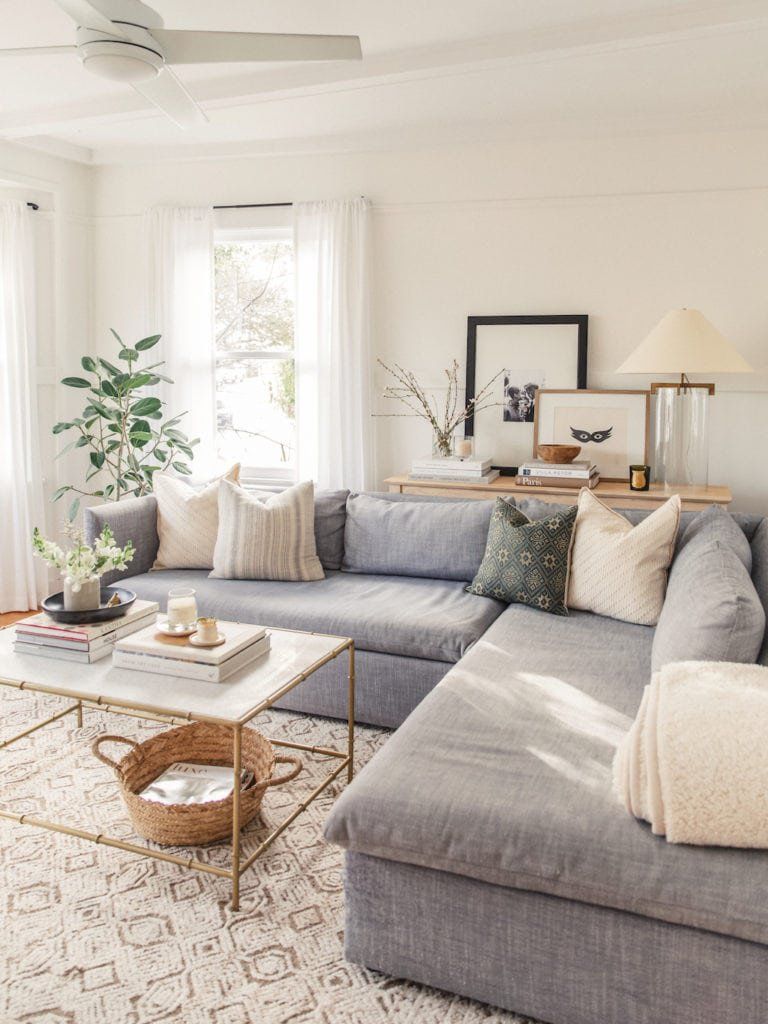 “The Sylvie Sofa has a modern sensibility and can work in any space,” says Leslie, who adds, “…and, it is super comfortable!” The angular grace of our versatile Sylvie Bench Cushion Sofa is a perfect match for this clean, modern aesthetic, softened slightly by the addition of two luxurious throw pillows. We love the interplay of color between the contemporary art, glass vessels and pillows, perfectly uniting this chic space.
“The Sylvie Sofa has a modern sensibility and can work in any space,” says Leslie, who adds, “…and, it is super comfortable!” The angular grace of our versatile Sylvie Bench Cushion Sofa is a perfect match for this clean, modern aesthetic, softened slightly by the addition of two luxurious throw pillows. We love the interplay of color between the contemporary art, glass vessels and pillows, perfectly uniting this chic space.
“I find modern style inspiration by mixing vibrant art pieces with soft neutral furnishings that have unique details.” ~ Leslie Price
Design: @pricestyleanddesign
High contrast style defines this hip modern space by Meg Piercy of MegMade. We love our Nash Swivel Chair in a wide black & white buffalo check, framed by a stark background of deep navy and crisp white. Punches of high impact fuschia and orange bring this look to vivid life, and a touch of pink winding its way across the Honest Abe-themed wallpaper adds just a touch of cheeky modern humor.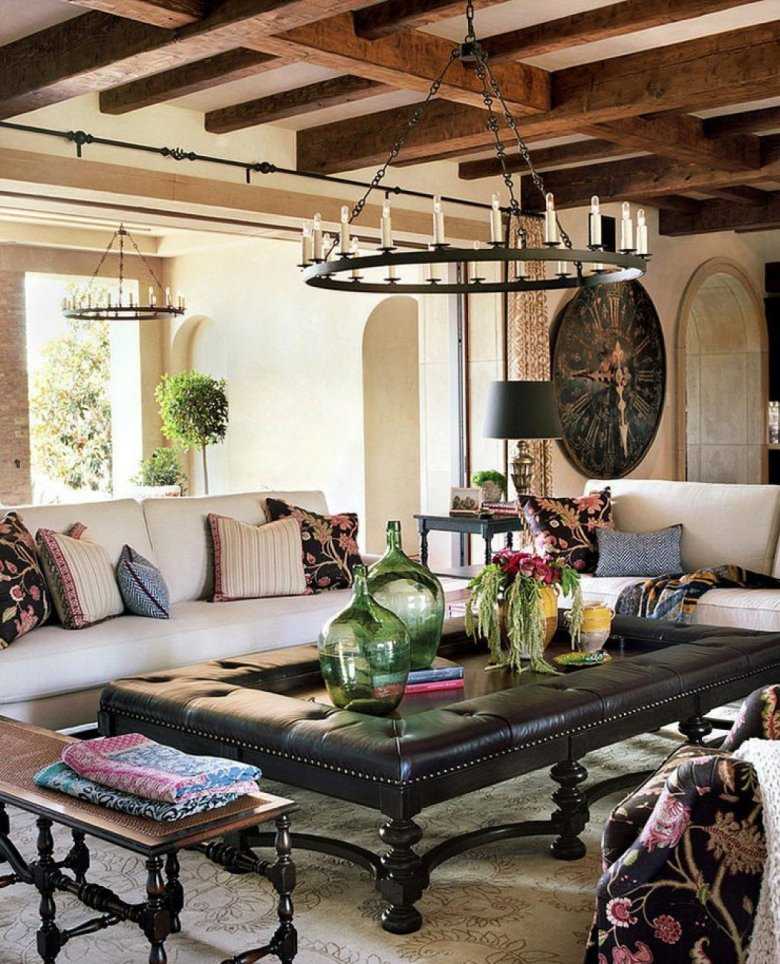
Design: @megmade
Transitional StyleTransitional design blends traditional and contemporary style in a perfect marriage of relaxed sophistication. Furniture, finishes, materials and fabrics are all chosen with a timeless, classic style in mind, and may feature traditional accents like elegant patterns, polished wood and leather balanced with a sense of modern minimalism. A subdued palette of neutrals and soft colors often helps keep traditional patterns and furniture silhouettes from becoming heavy or overwhelming. Perhaps more than any other style, transitional style displays a designer’s ability to create brilliant, balanced combinations of traditional details, contemporary artwork and even the occasional antique piece.
Get the Look: Transitional 101
- Subdued palette
- Clean modern lines
- Accents of traditional pattern and finish
This transitional seating area by designer Karista Hannah of Set the Stage Interior Design blends cool and warm greys in a soothing, sunlit space.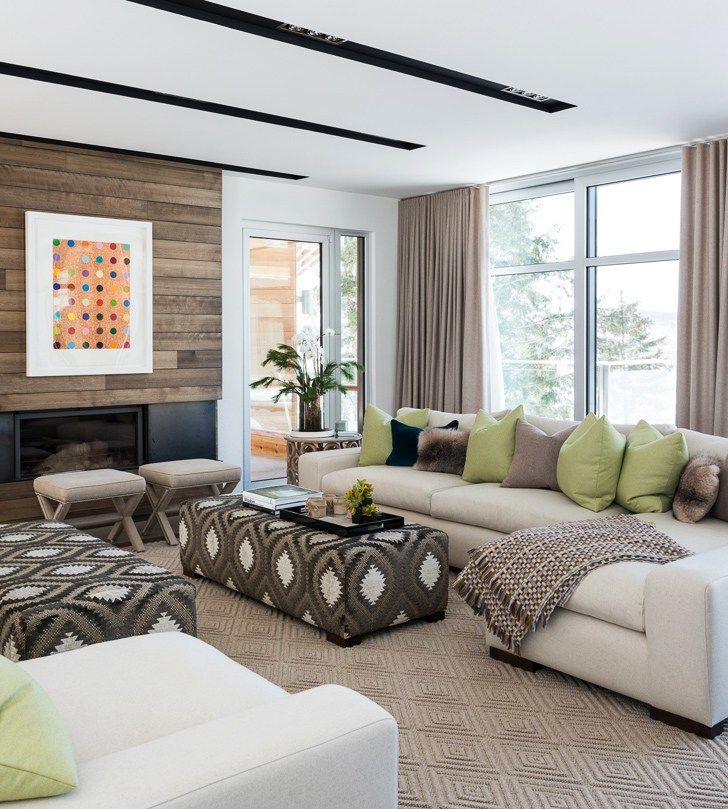 A pair of Times Square Chairs provides a modern, clean-lined focal point, and the delicate lattice designs are aesthetically balanced with a large piece of textured contemporary artwork. For the designer’s client, whose taste had changed from a more traditional look, this space represents the perfect style evolution.
A pair of Times Square Chairs provides a modern, clean-lined focal point, and the delicate lattice designs are aesthetically balanced with a large piece of textured contemporary artwork. For the designer’s client, whose taste had changed from a more traditional look, this space represents the perfect style evolution.
“This particular client was transitioning from a very traditional style into something cleaner, so these chairs were just perfect for her. The patterns are soft and very transitional. Also, the light that filtered in that room was just amazing!” ~ Karista Hannah
Traditional design elements seem to define this transitional lounge space by Liv Tiblier of Mead Design, from the board and batten wall treatment and dramatic floor-length drapery to the iron chandelier and carved wood elements. But look closer and you’ll find the designer has balanced these Old World elements with a coastal palette of crisp white and ocean blue, along with the effortlessly modern style of four Robin Bruce Kara Swivel Chairs. “What I love about this space is that the color palette is repetitive but doesn’t feel like [just] a blue and white room,” says Liv, adding “it feels warm and inviting and layered with dimension and texture.” This look celebrates traditional design through a fresh contemporary lens that keeps things light.
“What I love about this space is that the color palette is repetitive but doesn’t feel like [just] a blue and white room,” says Liv, adding “it feels warm and inviting and layered with dimension and texture.” This look celebrates traditional design through a fresh contemporary lens that keeps things light.
Casual Style“I am inspired to design in a transitional way because I love my designs to feel good, universally. There is something about clean lines and soft fabrics that make everyone feel good. Transitional design allows your eyes to rest while still taking in a thoughtful, layered design.” ~ Liv Tiblier
Casual interior design is obviously the most laid back style of these three, but this doesn’t mean it’s an easy look to achieve. A good designer blends comfort and style to create spaces that are soft and inviting, but also chic and never sloppy. Since symmetry is a hallmark of more formal design, casual style is often balanced but slightly asymmetrical, suggesting an easygoing attitude. Overscale lounge furniture fits perfectly with this style, along with functional pieces like upholstered ottomans that invite guests to put their feet up and relax. The overall focus is on soft textures and layers rather than structure and shine, for a look that’s easy & livable.
Overscale lounge furniture fits perfectly with this style, along with functional pieces like upholstered ottomans that invite guests to put their feet up and relax. The overall focus is on soft textures and layers rather than structure and shine, for a look that’s easy & livable.
Get the Look: Casual 101
- Asymmetrical
- Soft, welcoming furnishings
- Texture rather than shine or gloss
This seating area by designer Molly Carter of Molly Erin Designs uses our Brady Sectional Sofa as the focal point of this relaxed, casual space. The bench seat cushion invites guests to rest and relax — maybe even pick up that guitar and strum a few chords? Diagonal lines are a great way to lay out a more casual style, so we’re loving the perfect placement of that rug. Finally, the warm, vintage-inspired palette pulls this boho space together effortlessly.
Photo: @nicolediannephoto
Designer Carolyn Loub of Carolyn + Co. Interiors used the Robin Bruce Marleigh Sofa to create a casual space that’s comfortable enough for everyday living, yet still stylish.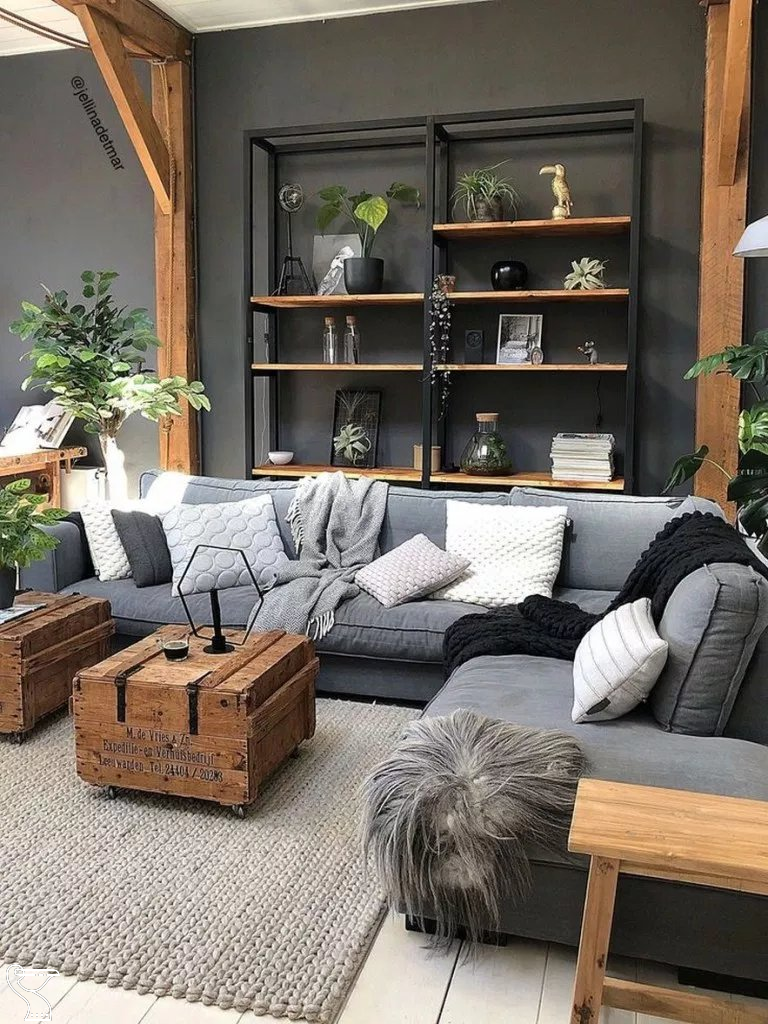 “As a mom of four boys (and two dogs),” she says, “I appreciate the need for family-friendly spaces, where everyone can feel welcome and relaxed.” We think the fresh, floral-inspired pastel palette strikes just the right tone, while the pillows & throw draped on the sofa emphasize its welcoming contours.
“As a mom of four boys (and two dogs),” she says, “I appreciate the need for family-friendly spaces, where everyone can feel welcome and relaxed.” We think the fresh, floral-inspired pastel palette strikes just the right tone, while the pillows & throw draped on the sofa emphasize its welcoming contours.
rowe-admin2020-11-16T08:53:29-05:00“For this family room space, I really wanted a sofa that had a timeless, casual vibe. The Marleigh’s modern twist on a classic English roll arm sofa was the perfect fit. It has just the right depth for curling up with a book or watching movies.” ~ Carolyn Loub
Categories
- As Seen In
- Design Tips & Ideas
- Designer Spotlight
- Furniture Market
- Furniture Trends
- Madeline Sofa
- Product Inspiration
- Retailer Spotlight
READY TO BUY?
Latest from Instagram
Follow on InstagramLATEST FROM FACEBOOK
What’s Your Interior Design Style: A List Of All the Styles
What is your interior design style? It’s one of the first questions that we ask clients to help determine the direction of a project. And today we’re asking you! But don’t worry, even if you’re not exactly sure where your taste falls, we’re here to help you learn about the most popular design styles – and discover your own!There are many different popular interior design styles, ranging from modern to traditional, to lesser-known styles like boho or glam. And while we are highlighting 14 of the most common home interior design styles, this is not meant to be the end-all-be-all list. Styles are constantly changing and evolving, and
many if not most people can be a combo of several different styles.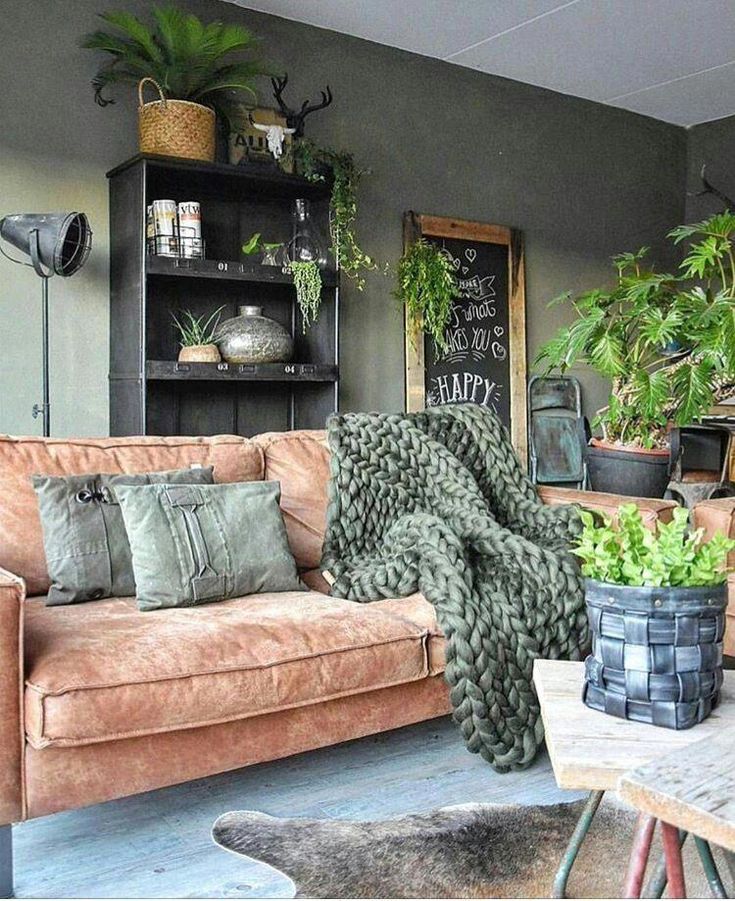 So today, it’s a crash course in home decor styles, as we share the fundamental principles and help guide you towards your ideal interior style!
So today, it’s a crash course in home decor styles, as we share the fundamental principles and help guide you towards your ideal interior style!
Don’t miss our quizzes: 10 Questions To Determine Your Interior Design Style andHow Your Favorite TV Living Room Can Determine Your Design Style
A List Of ALL THE STYLES1. MODERN2. TRADITIONAL3. BOHO4. ORGANIC MODERN5. ECLECTIC6. MODERN FARMHOUSE7. GLAM8. COUNTRY9. INDUSTRIAL10. COASTAL11. MID-CENTURY MODERN12. MINIMALIST13. TRANSITIONAL14. SCANDINAVIAN
Design: BluDot
MODERNMany people associate modern style with being cold, stark, and sterile.
 But in reality, modern style is very much rooted in breaking elements down to their most simple and fundamental, with a focus on clean lines. You won’t find anything in this style with extra embellishments, and typically the style has a more neutral color palette with the occasional pop of color.
But in reality, modern style is very much rooted in breaking elements down to their most simple and fundamental, with a focus on clean lines. You won’t find anything in this style with extra embellishments, and typically the style has a more neutral color palette with the occasional pop of color.
Check out all our favorite modern products here.
Design: BHDM
TRADITIONALTraditional is one of the oldest and most common design styles. The traditional style is rooted in heritage and traditional shapes and forms. You will often find pieces that have not changed at all since they were first created hundreds of years ago. It is all about
conscious layering, formality, and incorporating pieces with structure and symmetry.
See our take on traditional style here.
Photo: Dabito
//
Design: Justina Blakeny
BOHOBohemian style (
AKA as Boho), has become very popular in the last few years, although its roots date back much further than that.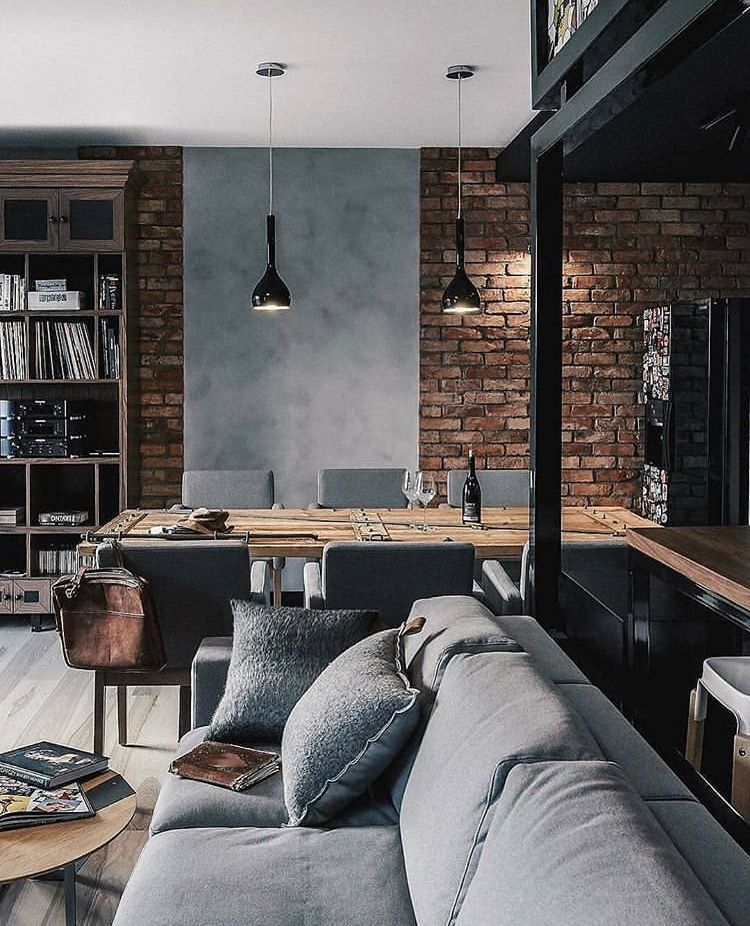 Boho style is all about pulling together natural and organic elements into a very layered and collected look. You’ll find lots of cane, rattan, bamboo, patterns, and textiles in this style mixed with bright and saturated colors. It’s exotic, it’s playful and it’s very layered.
Boho style is all about pulling together natural and organic elements into a very layered and collected look. You’ll find lots of cane, rattan, bamboo, patterns, and textiles in this style mixed with bright and saturated colors. It’s exotic, it’s playful and it’s very layered.
See Bobby’s Modern Boho design here.
Photo: Fredrik Karlsson
//
Design: Ann Stephenson
ORGANIC MODERNOrganic modern is neutral, inviting, and polished yet casual. It relates to modern in its clean aesthetic and color palette but this style is all about
layering neutral textiles and textures to create interest rather than introducing additional color. In this style, you’ll find lots of light-toned woods and relaxed textiles mixed with iconic lighting done in black, brass, and chrome.
Check out this project to see how Bobby incorporated organic modern.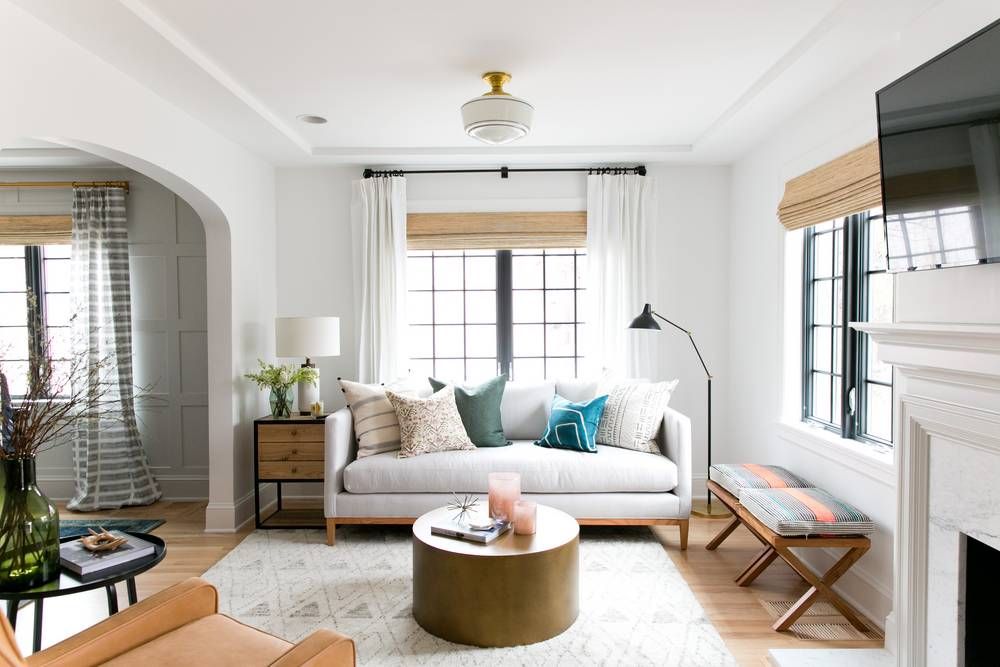
Photo: Creekwood Hill
ECLECTICFor all intents and purposes, this could be called the slightly more refined cousin of Boho. It has a lot of similarities as far as the collected nature, the color combos, and the curated aesthetic. However, the pieces are less organic and more styled. Eclectic rooms could be filled with iconic pieces from just about every style, and when done right it all works together.
See a cozy take on eclectic style here.
Design: Studio McGee
MODERN FARMHOUSEThis style has become very mainstream and quite popular in the last 5 years. The style uses a lot of found and salvaged objects – but pulled together in a more modern and refined way. Rather than being too rustic and farmhouse-esque, it is more inspired by the latter. You’ll see plaids, blues, greens, and lots of white and black used in this style.
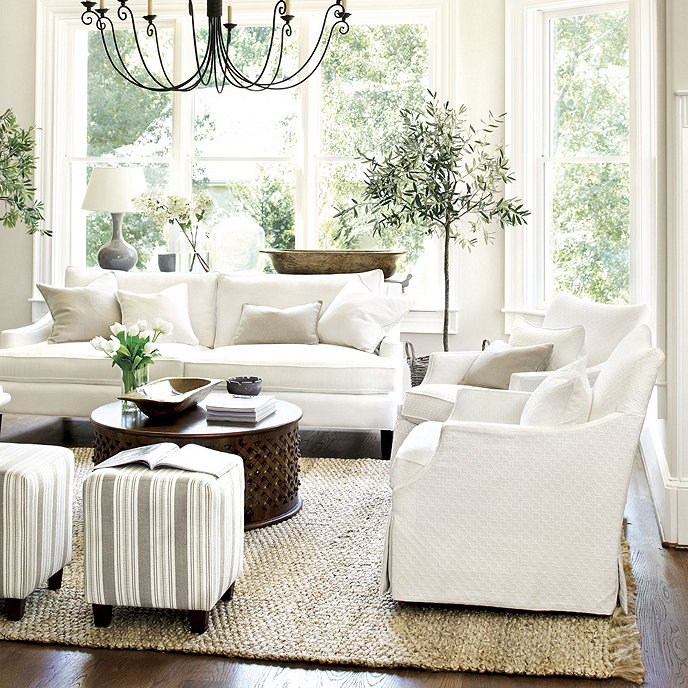 It is very inviting and comfortable and has a slight tinge of traditional in it without being too formal. Think rustic yet refined.
It is very inviting and comfortable and has a slight tinge of traditional in it without being too formal. Think rustic yet refined.
See how Bobby created a modern farmhouse makeover here.
Photo: Simon Watson
//
Design: Joseph Dirand
GLAMThis style is filled with luxe textiles like leather, suede and velvet, and jewel-toned colors. It’s very high-end and polished and employs all the very finest of finishes. In this style, you’ll see a lot of minimal yet impactful touches that give it that posh and elevated look without having to add on too much of the extra detail and fill that you might find in a “Hollywood Regency” style.
Click here for Bobby’s take on a modern glam.
Photo: Featherglass
COUNTRYUnlike modern farmhouse, country is the more traditional and classic take on the farmhouse look.
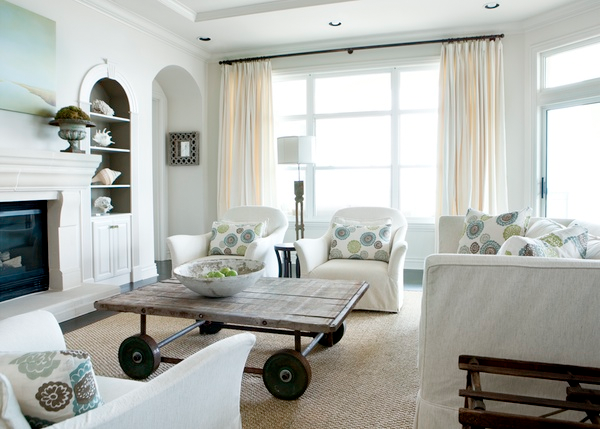 It’s rooted in simple materials that have been used for decades, from rustic wood to plaid, gingham, and stripes, to simple spindle back furniture. And elements like vintage signage, barn lighting, or reclaimed wood can also make their way into country interiors.
It’s rooted in simple materials that have been used for decades, from rustic wood to plaid, gingham, and stripes, to simple spindle back furniture. And elements like vintage signage, barn lighting, or reclaimed wood can also make their way into country interiors.
Check out our product picks to bring country style home here.
Design: Ravi Iyer
INDUSTRIALJust as the name states – the origins of this style lean more factory-esque and machine. It can definitely feel a bit more masculine than the other styles as it uses
a lot of metal, rustic wood, and leather. However, the softness comes through its neutral color palette and the use of found objects which instantly can give the room some soul and character.
Learn more about industrial style, and bring the look home here.
Design: Suzanne Kasler
COASTALThe name inherently gives you a sense of what the style entails.
 It’s all about the casual beachy atmosphere that you’ll find in many of the homes on the coast. The style is all about bringing the natural elements of the coast inside your home. There are a lot of white-washed woods, blue tones, and plenty of white to help all that beachy sunshine bounce around the room.
It’s all about the casual beachy atmosphere that you’ll find in many of the homes on the coast. The style is all about bringing the natural elements of the coast inside your home. There are a lot of white-washed woods, blue tones, and plenty of white to help all that beachy sunshine bounce around the room.
See how to add coastal style to your home here.
Photo: Rejuvenation
Mid-Century ModernWith cues coming heavily from the ’50s and ’60s this style has become one of the most common and relatable styles for many people. The pieces designed during this period have stood the test of time and still remain fresh, modern, and relevant. The lines on many mid-century pieces are simple, clean, and minimal and are made out of warm woods with purposeful details and styling.
Check out Bobby’s Modern Mid-Century project here.
Photo: Thomas De Bruyne
//
Design: Studio Niels
MinimalIstA style that has similar cues to modern – minimalist, has very clean lines and simple shapes, however,
this style lives by the mantra “less is more”.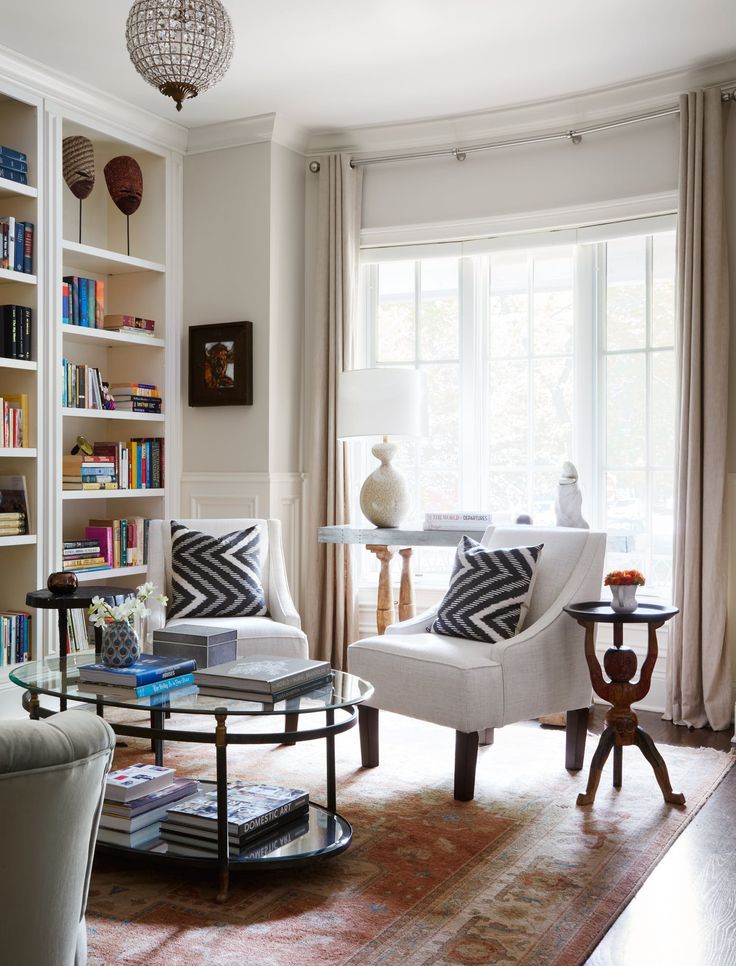 Everything in a minimalist space must serve a purpose, and you won’t find too many extra objects or layers.
Everything in a minimalist space must serve a purpose, and you won’t find too many extra objects or layers.
Check out a warm minimalist design here.
Photo: Tessa Neustadt
//
Design: Amber Interior Design
TRANSITIONALConsider transitional
the meeting point between traditional and modern. You will typically see a number of more traditional elements (Like crown molding, wall paneling, or classic rugs) paired with modern furniture, art, or lighting to create a look that straddles the past, present, and future.
See how Bobby created a traditional home with lots of modern touches here.
Photo: Decor8
//
Design: Anette Nilsson
ScandinavianHailing from its namesake corner of the world, Scandinavian design is very much nordic in its roots.
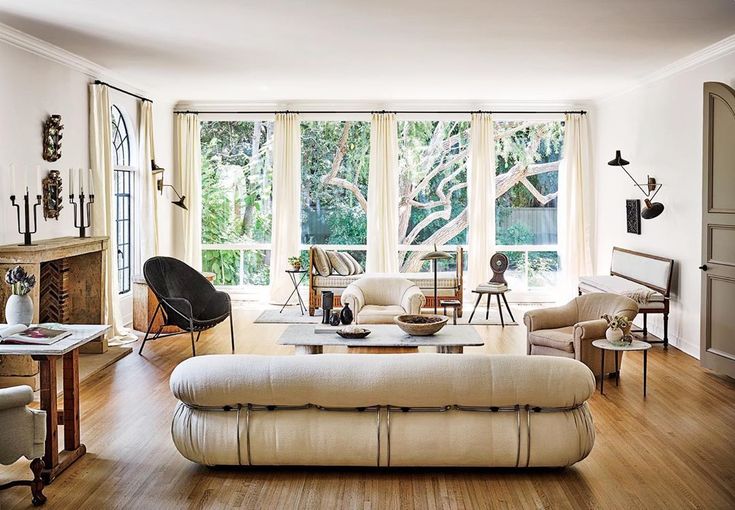 It has some similarities to organic modern but reads a bit more simplistic and minimal in its approach. When colors are used, it’s a very soft color palette of pastels balanced out with light-toned woods and lots of whites, creams, and tans. It is inviting, simple, and clean yet very warm and relaxed in its styling.
It has some similarities to organic modern but reads a bit more simplistic and minimal in its approach. When colors are used, it’s a very soft color palette of pastels balanced out with light-toned woods and lots of whites, creams, and tans. It is inviting, simple, and clean yet very warm and relaxed in its styling.
See how we interpreted Scandinavian style in this home.
And A few other STYLES…
These styles are less common, but your taste may fall into one these categories as well!
- Modern Colonial
- Modern Bohemian
- 80S Glam
- HOLLYWOOD REGENCY
-
VICTORIAN
-
English
-
Japanese
-
Decorative
You May Also Like//
essence of street style, features, history of origin.
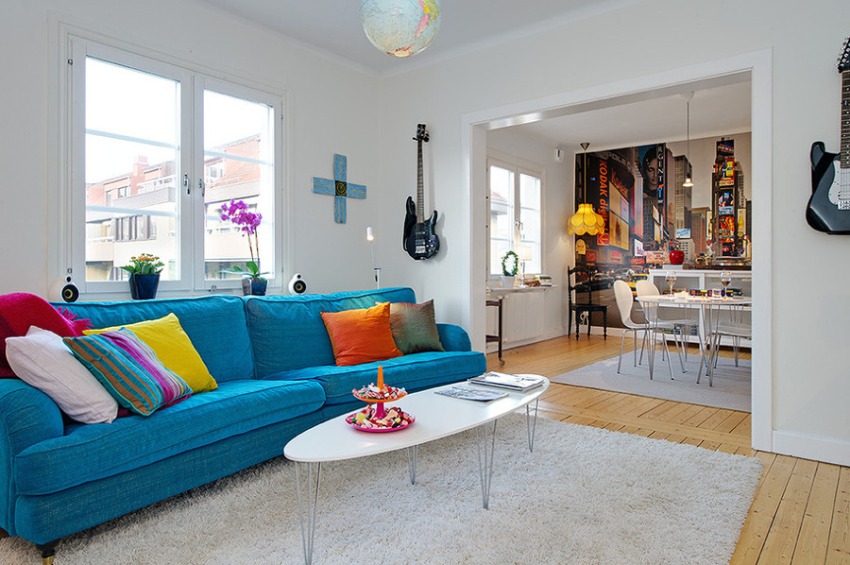 Interior design examples in street style
Interior design examples in street style - Features of street style in the interior
- The history of street style in the interior
Street style in the interior is a design direction, which is characterized by the widespread use of elements of the attributes of a big city in the design of housing. Street style gives the room the charm of colorful hooliganism and fills it with the energy of a modern metropolis.
Street style in the interior is the choice of residents who are in love with the urban landscape of their city, as well as rebels who protest against the boring rules of traditional interior design. It destroys the usual stereotypes of interior decoration of rooms and has much in common with another popular trend - the loft.
Features of street style in the interior
Street style in the interior creates the illusion of being not inside, but outside the premises, but in much more comfortable conditions than in the open air. The implementation of the original design project does not require large financial costs, so this direction is ideal for today's youth.
The implementation of the original design project does not require large financial costs, so this direction is ideal for today's youth.
The main features of the street style in the interior include:
- Rough wall decoration in the form of ordinary brickwork. There should not be any glossy surfaces and wallpapers with drawings.
- Stylization of furniture as a telephone booth. It can be a closet, home library, dressing room or even a shower.
- Extensive use of graffiti for wall decoration. Bright drawings are ideal for masking all sorts of defects in finishing and space zoning, and if desired, the walls can always be repainted.
- Plain plain ceilings with solid wood beams. Most often they are left white for visual contrast with other interior elements.
- Original lighting fixtures. Spotlights or stylized street lamps are installed instead of chandeliers and floor lamps.
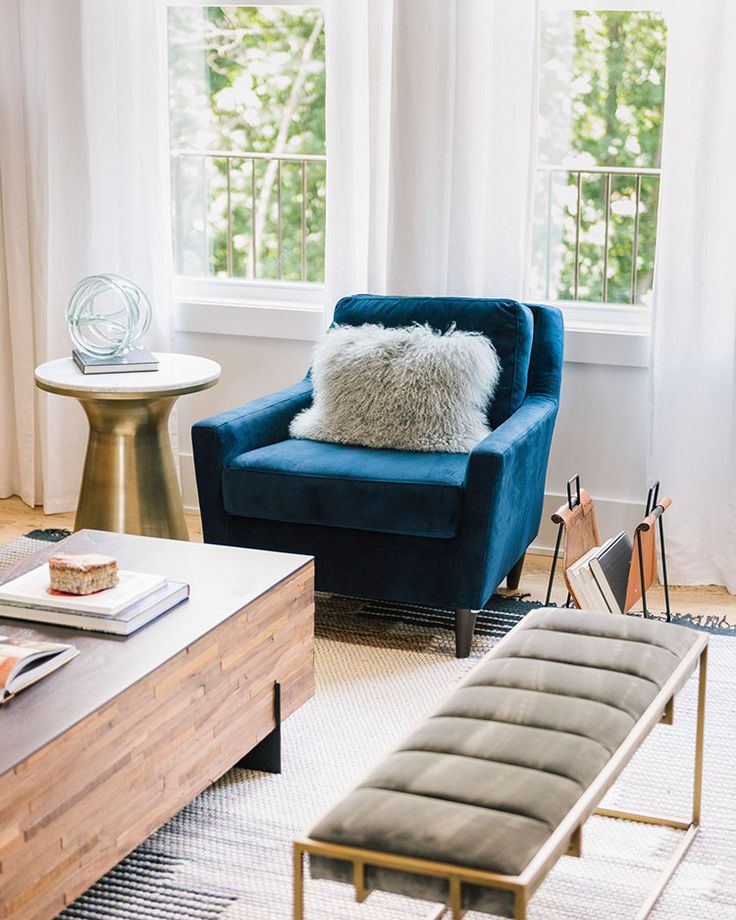
- Photowall-paper and prints on a city landscape theme. Panoramic shots depicting illuminated highways and avenues leaving the horizon visually expand the space.
- Outdoor advertising elements and navigation signs. It can be neon signs and banners, posters and posters, road signs, signs and signs.
The original atmosphere of street style is successfully complemented by a massive watch with a large dial, which is usually found at the station or in the city center. Bright graffiti can decorate not only walls, but also pieces of furniture (chest of drawers, armchairs, cabinets and headboards). In spacious rooms, the placement of a small vehicle (bicycle, motorcycle, and even a small retro car) becomes a special chic.
The history of street style in the interior
The history of street style in the interior dates back to the 50s of the last century. At that time, the streets of most working districts of European and American metropolitan areas were a clear reflection of the end of the industrial age, and the loft style was rapidly gaining popularity in interior design.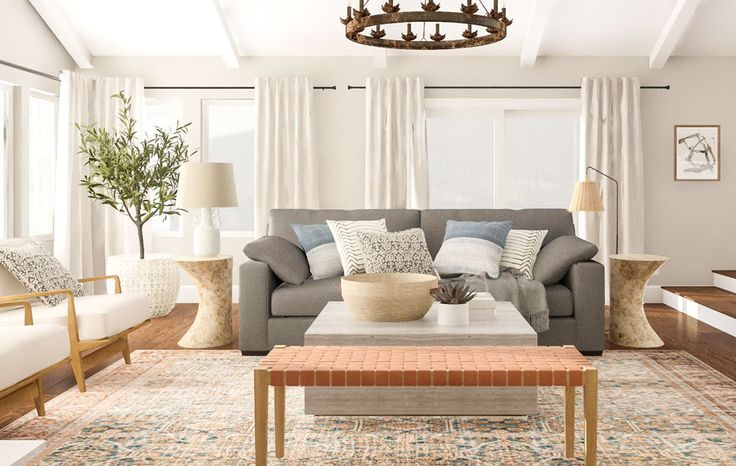
The street has been an integral part of the cultural life of young people, it has shaped the lifestyle and fashion trends. In addition, many people did not have enough money to purchase expensive housing, but there were plenty of offers for renting out former industrial buildings for apartments.
Having settled in such places, yesterday's students tried to arrange a simple life in their home by all available means. To decorate the situation, they used signs, signs, lanterns and other elements of everyday life in a big city, and did not attach much importance to wall decoration. This is how a new style of interior appeared, to which most people initially treated negatively. But already in the early 1960s, the situation changed after many celebrity celebrities became fans of a loft similar in spirit.
Street interior style remains a trendy design trend these days. It is still loved by young people, and people of the older generation choose it in order to create in their home the atmosphere of the exciting life of a large metropolis familiar from a young age.
- Add photo
You can send up to 4 photos at the same time
More news
Mountains in the paintings of famous artists
Alfred Kubin: biography, creativity, the best works of the Austrian expressionist artist of the 20th century
Carlo Carra is an Italian artist who was fond of avant-garde art in his youth, and after forty years became a staunch supporter of neoclassical ideas
Personal exhibition of a little genius: 11-year-old Vietnamese presents paintings for 150 thousand dollars
Calligraphy - the ancient art of fine writing
Royal Worcester: English royal porcelain
Gustave Caillebotte - painter and patron of the Impressionists
Inlay - the fascinating art of unique ornaments
Salvator Rosa - the genius of the Italian Baroque and the hero of the Romantics
What foreign actors and top models collect: craving for hoarding in Hollywood style
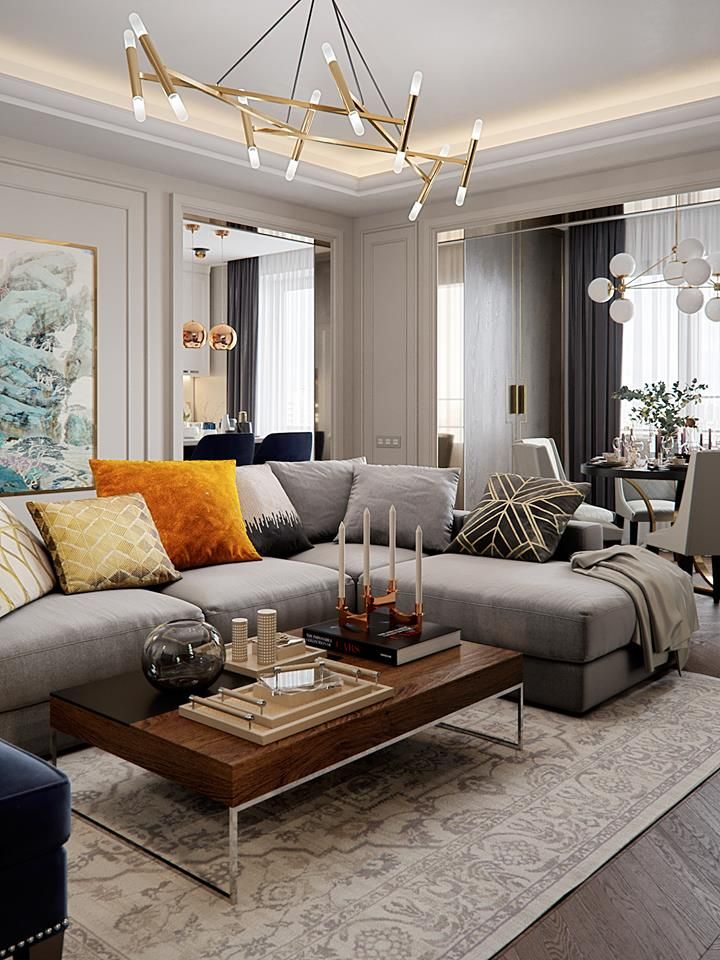
%20%D0%A1%D1%82%D0%B8%D0%BB%D1%8C%20%D0%BA%D1%8D%D0%B6%D1%83%D0%B0%D0%BB%20%D0%B2%20%D0%B8%D0%BD%D1%82%D0%B5%D1%80%D1%8C%D0%B5%D1%80%D0%B5.%20%D0%93%D0%BE%D1%81%D1%82%D0%B8%D0%BD%D0%B0%D1%8F%20%D1%81%20%D0%B4%D0%B5%D1%80%D0%B5%D0%B2%D1%8F%D0%BD%D0%BD%D1%8B%D0%BC%20%D1%81%D1%82%D0%BE%D0%BB%D0%BE%D0%BC%20%D0%B2%20%D1%81%D1%82%D0%B8%D0%BB%D0%B5%20%D0%BA%D1%8D%D0%B6%D1%83%D0%B0%D0%BB.jpg) In this style, all interior items are multifunctional and have their own meaning. Restrained and practical forms, everyday life and simplicity should be embodied in high quality.
In this style, all interior items are multifunctional and have their own meaning. Restrained and practical forms, everyday life and simplicity should be embodied in high quality. 
